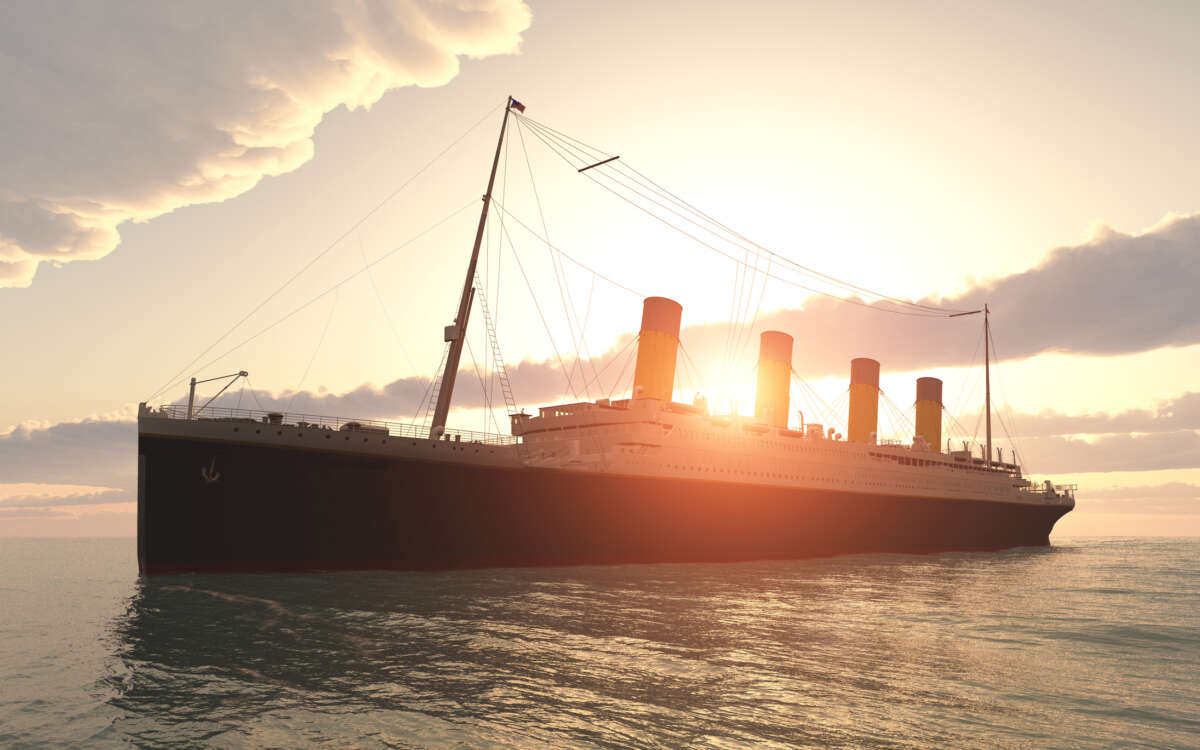Move over, Leo — a new leading man is in this Titanic story.
Agentis attorney Robert P. (“Bob”) Charbonneau stepped into one of the most dramatic bankruptcy battles in recent memory and helped expose how a $218 million artifact collection nearly slipped away for just $19.5 million.
The Premier Exhibitions/RMS Titanic case was expected to proceed as a routine Chapter 11 sale. Instead, it became a test of transparency, fiduciary accountability, and insider influence. What looked like a finalized deal quickly unraveled under scrutiny.
Challenging the Chapter 11 Sale
Bob led the litigation strategy and team that challenged the sale and assembled evidence that would prove that:
- Certain insiders stood to benefit without full disclosure
- Private circulation of bid information gave specific buyers an advantage
- Court statements about independence conflicted with later communications
- The board did not implement meaningful conflict controls to protect the estate
By piecing together deposition testimony, emails, and internal correspondence, Bob and his team uncovered evidence that showed a process tilted toward specific bidders and advanced key fiduciary duty and recovery claims. It became clear that the sale could no longer be treated as routine or arms-length.
Broader Case Significance
The Titanic sale is now frequently referenced as a case study in how value can disappear when governance breaks down. The process that has now come to light informs judgment calls made by:
- Bankruptcy lawyers and advisors structuring competitive sales
- Corporate boards weighing how to manage conflicted bidders
- Insurers and litigators assessing director and officer exposure
- Courts and trustees are tasked with determining whether a sale was truly fair
What happened in this case is now used not just as a cautionary tale, but as a blueprint for how to build safer, conflict-proof sales going forward.
Agentis in Action: High-Stakes Restructuring and Fiduciary Litigation
Bob’s work reinforces Agentis as a leading law firm in insolvency disputes, complex Chapter 11 litigation, and director liability matters.
The Titanic case showcases the firm’s ability to protect value, expose process failures, and pursue accountability in high-profile restructuring environments – particularly when a globally recognized asset was poised to change hands off the record.
Bob showed in bankruptcy court that the most dangerous parts of a transaction are often the ones no one can see. But just like an iceberg, what lies beneath eventually breaks the surface.
For Additional Coverage:
Law 360: Titanic Artifact Ch. 11 Sale Suit Settled For $12M
Biscayne Bay Tribune: Titanic settlement ends a nine-year legal battle

